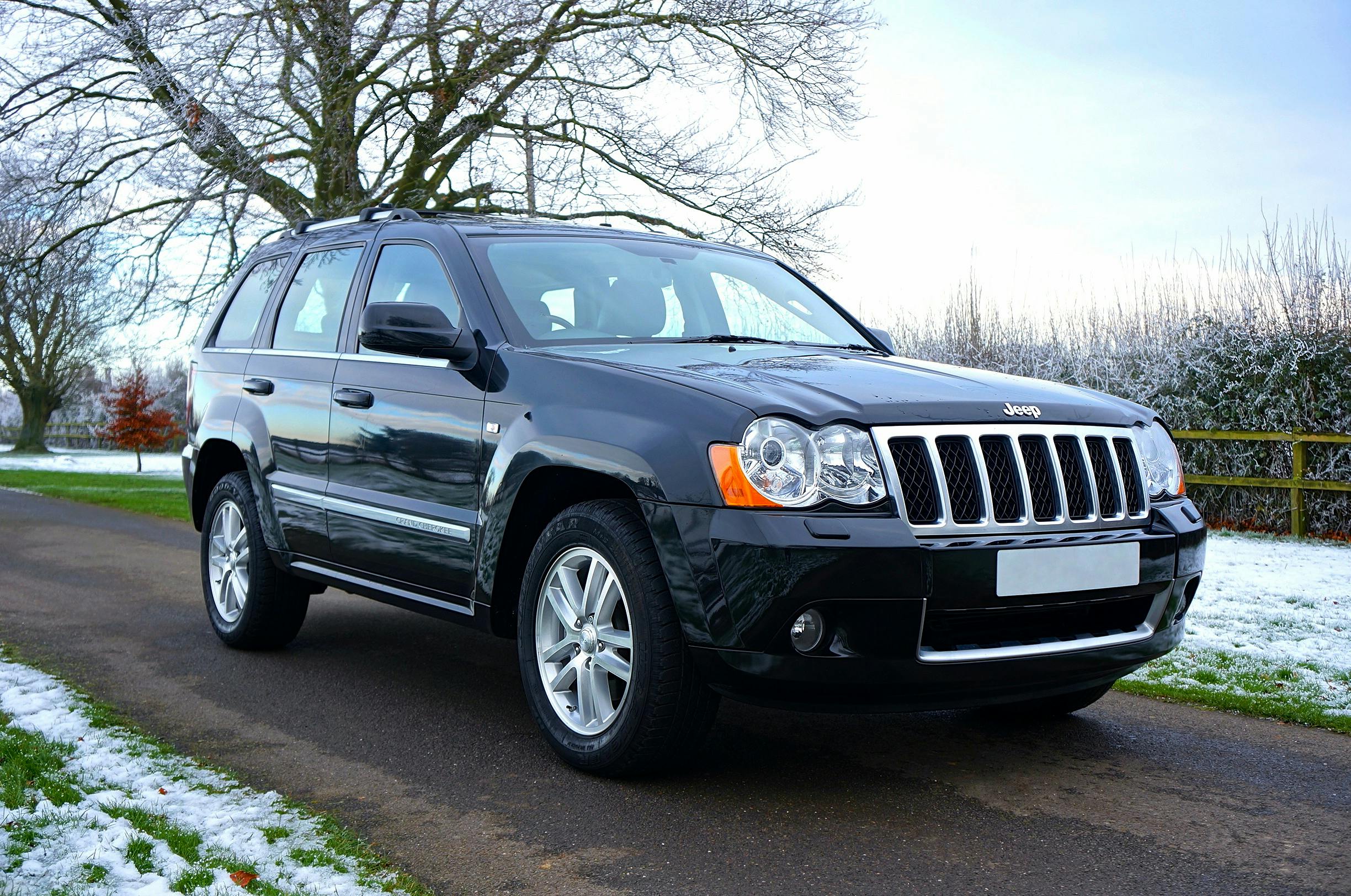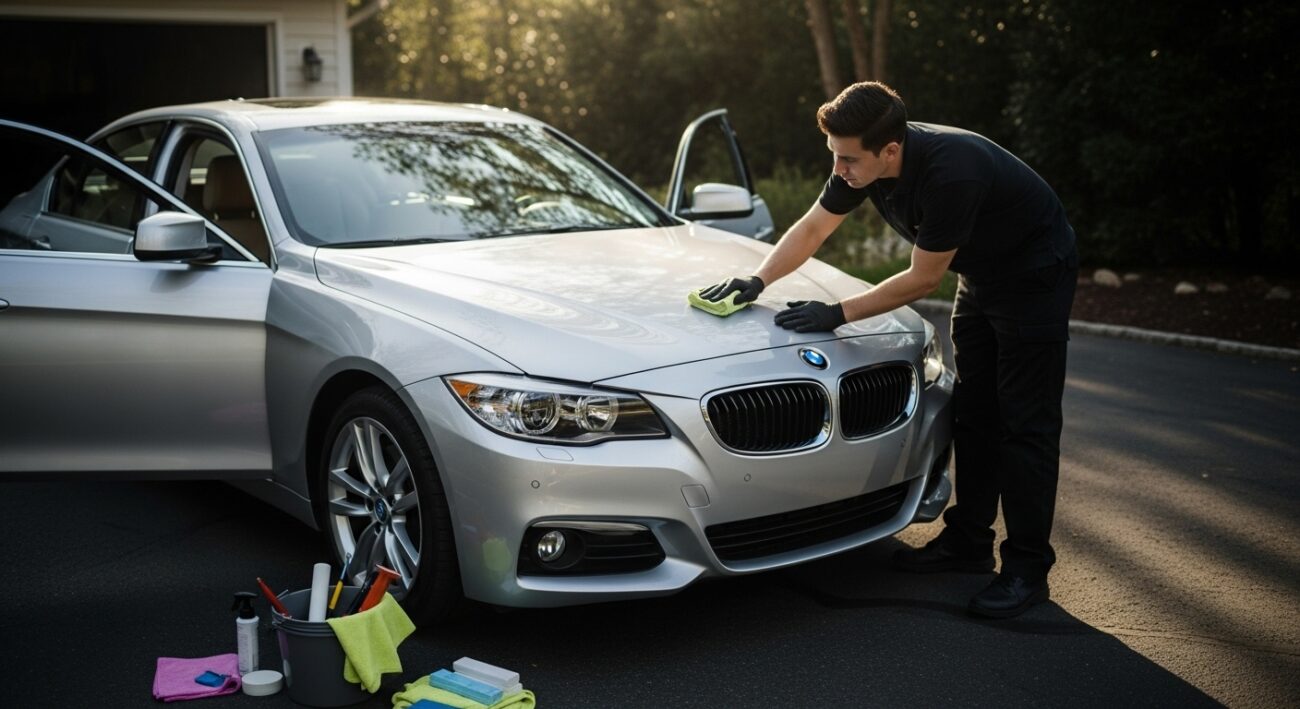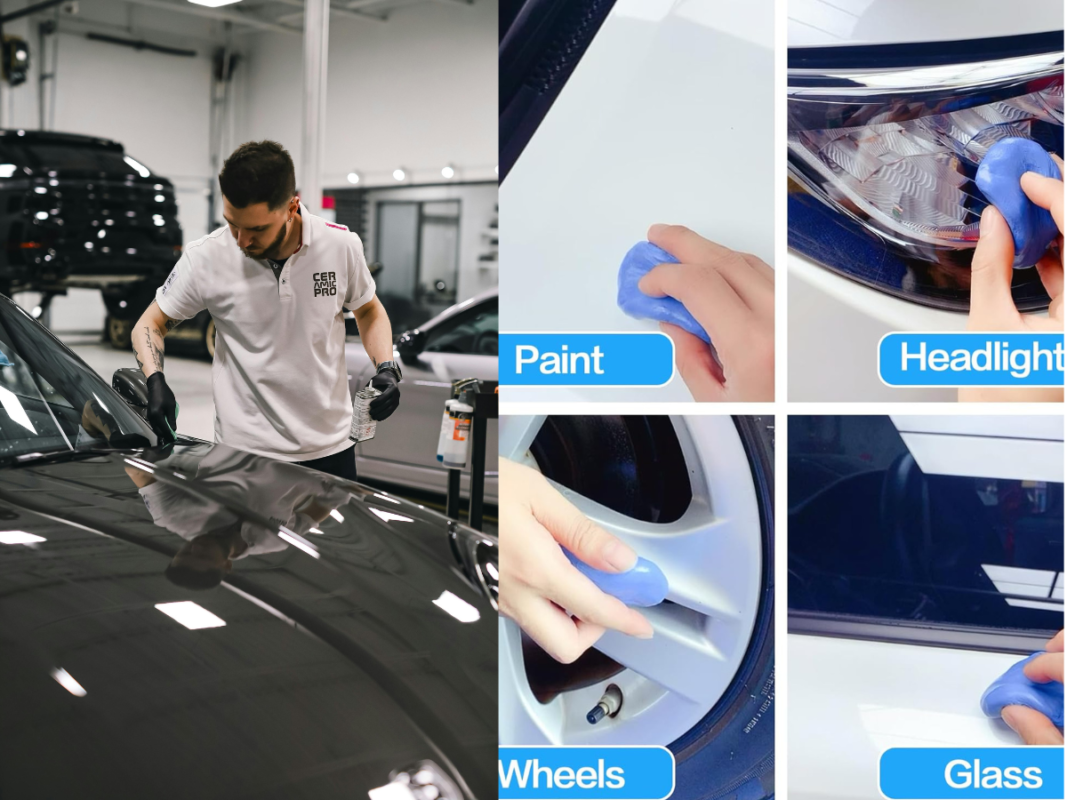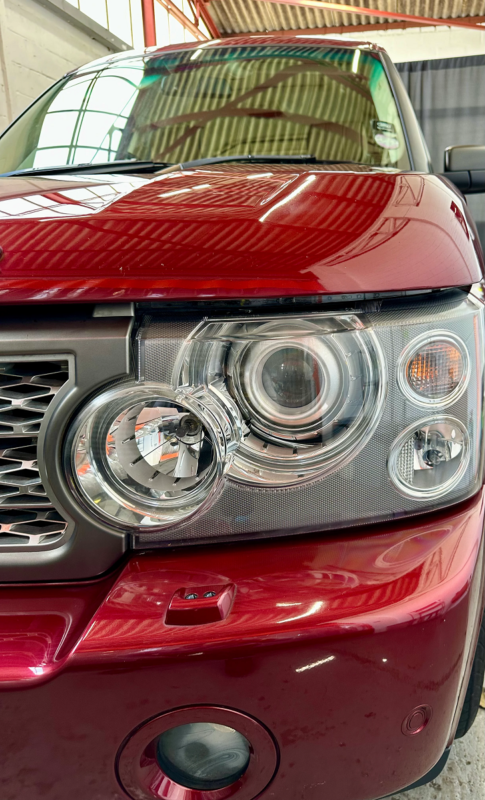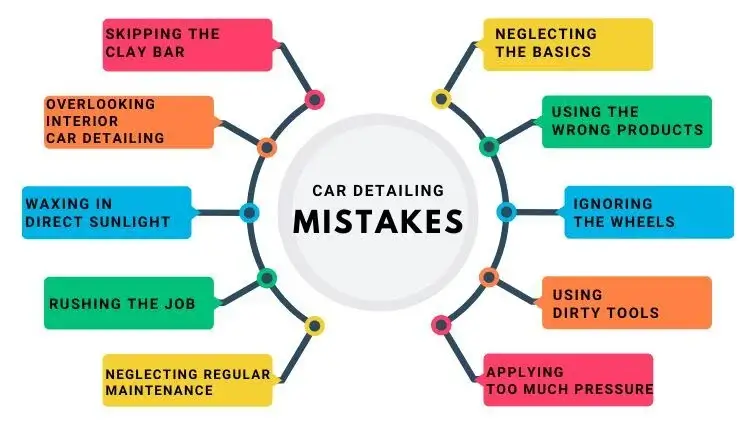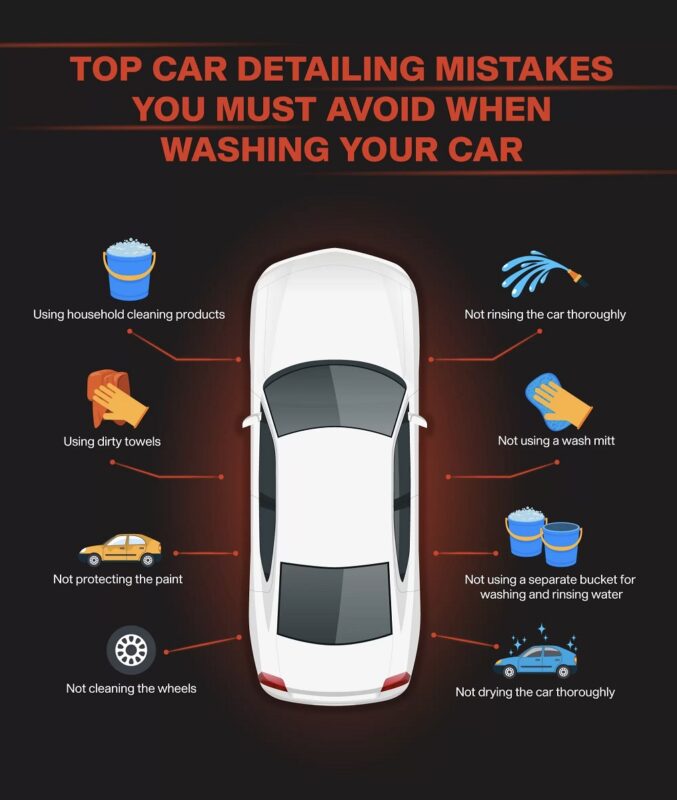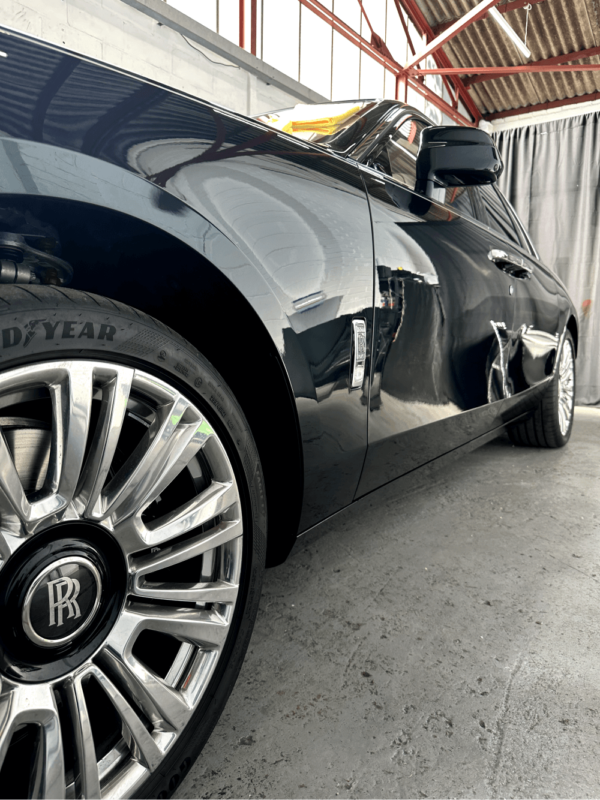How to Protect Your Car from Winter Salt

Wondering if it’s possible to protect your car from winter salt? Yes, you can with proper precautionary measures.
During winter periods, road salt is applied to many UK roadways to melt snow and ice. According to Online Rock Salt, it costs £150 million per year to salt roads in the UK. Road salting is considered an effective way of preventing weather-related collisions during the cold winter months.
In as much as road salt, sand, and other ice-melting techniques are required to make icy, snowy roads accessible and safe in winter, they can damage your vehicle as well. Problem areas include rusting to car doors, hoods, fenders, and tailgates. But the good news is you can prevent winter salt damage with some proactive steps before and during the winter months.
Understanding Winter Salt and Its Damage
Typically calcium chloride or sodium chloride, winter salt is spread across roads in winter to melt snow and ice. It is sometimes mixed with sand to form grit to break down snow/ice and improve vehicle traction.
Driving over salted roads, however, can cause salt residue to accumulate on a car’s undercarriage, wheel wall, and body panels. If this issue is left unattended for a long time, corrosion and rust develop and eat deep into the vehicle’s metal and finish. Below are the effects of a ride’s exposure to winter road salt.
Oxidation and Rusting
Metal parts of a car, including the undercarriage, suspension components, and frame corrode when exposed to water and oxygen. Salt increases the rate at which oxidation and rusting occurs. It acts as an electrolyte attracting moisture from the environment, letting metal (iron) lose electrons more quickly.
Areas that suffer salt damage the most are wheel wells, undercarriage, and other moisture-trapping crevices.
Finish Damage
Your vehicle’s paint job features three layers: the primer, basecoat, and clearcoat. Due to its corrosive nature, road salt eats away at the car’s uppermost finish (clearcoat) little by little and works its way down to the basecoat until the primer is exposed.
Salt damage on your vehicle’s finish becomes evident in the form of peeling, chipping, and fading. Protecting your car from road salt helps prevent costly auto paint jobs.
Brake and Exhaust System Damage
Salt residue accumulating on underbody components such as exhaust systems and brake lines increases the risk of safety hazards and mechanical failures. Hence, it’s important to know how to keep salt off a car’s underbody to avoid brake failure or steering problems.
Undercarriage Breakdown
Undercarriage rusting can weaken the structural integrity of your vehicle, leading to reduced resale value and increased maintenance costs. Suspension problems as a result of gradual road salt damage, for example, may impact handling balance and create many other issues that make your drive unsafe and uncomfortable.
How to Prevent Vehicle Rust Pre-Winter
Protecting your car from road salt during winter requires some measures before the winter months come around. Here are some of the things you can do to protect your car from rusting and finish damage.
#1 Add Protective Layers
You can prepare your car’s finish for winter by waxing, coating, or applying a vinyl wrap to protect the paintwork.
These protection options help safeguard your ride’s paint job against UV rays, environmental contaminants, and harsh detergents.
Waxing is the most affordable option of all with moderate protection. Ceramic coating provides better protection compared to waxing and is the next best option if a vinyl wrap is too expensive to consider. Even though the most expensive option, throwing in a vinyl wrap atop the paintwork will do wonders for exterior protection against the elements.
#2 Undercoat the Undercarriage
Remember it’s underneath the car that requires even greater winter salt protection as that is the area directly exposed to road salt. One way to protect the crevices and components of the undercarriage is to apply undercoats. Vehicle undercoating includes rubberized undercoats, oil solution pre-treatments, and rust inhibitors.
There are many undercoating products from which to choose. Rubber coatings are usually not the best option as they often let salt through. Using an undercoat that won’t let salt residue permeate will help protect your car from winter salt when the cold months finally come around.
How to Prevent Car Rust in Winter
Protecting your car’s paintwork and the undercarriage components from salt damage doesn’t stop at pre-winter efforts. When winter months are finally around, there are some things you can do to complement pre-winter measures and ensure your ride through winter is salt-proof.
#1 Avoid Puddles
When driving in winter, avoid as much as you can potholes and water puddles as these areas are pools of corrosion forming slush and salt water. Your tires driving over these areas can make the water splash up, reaching the components of your undercarriage.
Even with undercoating applied, consistent exposure to pools of road water exposes the underbody to not only salt but also other dirt and debris that can accumulate on the undercarriage and provide a breeding ground for rust.
#2 Don’t Tailgate Plow Trucks
Driving too closely behind a gritter or snow plow truck is a quick way to expose your vehicle to salt or grit. Salt particles carried by the wind can settle on your ride, exposing the paintwork to winter salt damage. If you are directly behind a gritter truck, maintaining a safe distance can help minimize your ride’s exposure to salt or grit being spread.
#3 Regular Wash is Non-negotiable
One of the best tips on how to prevent road salt from rusting a car is regular wash. Frequent washing of your car helps you remove road salt accumulated on the undercarriage, wheel wells, and other crevices susceptible to salt buildup.
Washing the body of a car should not be an issue for most people but underbody washes can be challenging without the right facility. Possibly the best way to properly rid the underneath of your car of salt residue is using a mechanical car wash where you can shoot high-pressure water on the underbody.
After a snowstorm, you can drive your car through an automated car wash perhaps twice to properly remove road brines and other particles that might have stuck to the underside of the vehicle.
There is no specific frequency for winter car washes, but once a week is recommended. A wash can even just be about using enough water to rinse the topside and the underbody of your ride.
#4 Garage Parking
If you have a garage, always make use of it as a protective enclosure to protect your car against exposure to road salt and unfavorable winter weather conditions. If you don’t have a garage, try to make use of a covered or shielded area for parking whenever possible to protect your car’s paintwork.
#5 Use All-Weather Floor Mat
Unlike other car floor mats that absorb and trap moisture, all-weather car mats come in a waterproof design and offer protection against dirt and debris. Since you’ll be getting in and out of your car as you drive, it’s possible to introduce road salt and other debris through your shoes into your vehicle flooring if the right floor mat is lacking.
There are many all-weather floor mat options from which you can choose. So buy one that matches the interior and your style while still offering the needed protection
#6 Avoid Driving in Bad Weather
Pay attention to weather signs and forecasts so you can plan your trips accordingly. Applying all the discussed tips on how to prevent car rust in winter would do little to no good If you frequently drive in bad weather such as rain, icy conditions, and snow.
So try as much as you can to stay off the roads when the winter weather is bad. If you have an expensive car that you can’t afford exposing to winter salt damage, then it might be best to park such a whip in your garage or somewhere safe and use a less expensive ride for your daily commute.
Need Professional Help Preventing Winter Salt Damage?
The pros at QC Detailing understand that driving across salted winter roads exposes your four-wheel investment to a lot of problems, including corrosion and rusting. With our winter special exterior detailing, we’ll help wash the undercarriage and undercoat your car/truck’s underside, including frames, floorboard, and gas tanks. When you combine our professional services with the recommendations discussed in this article, you can be assured of a ride that weathers winter weather.
Bullet Point Summary
- Winter road salt is commonly calcium chloride or sodium chloride salt spread across the road to de-ice the roadways and improve vehicle traction.
- Winter road salt can break down a vehicle’s paintwork and underbody components, leading to cosmetic blemishes and mechanical failures.
- Before winter rolls around, you can wax, coat, or add a vinyl wrap to protect your car paint job. Equally consider an undercarriage coating job to prevent the underbody from oxidation and rusting precipitated by winter salt.
- Avoiding pools of water, driving far behind from gritters or snow removal trucks, and regular car washing are some winter salt damage prevention efforts to embrace.
- Consider parking your four-wheel investment under protective structures, use quality floor mats for interior surface protection, and avoid driving in extreme winter weather conditions.
- If you need professional help, don’t forget that the experts at QC Detailing are always available to provide the interior and exterior detailing care your whip deserves.

